Budget planning for DIY tiling
Tiling your home is a big decision and costs are always a concern. Planning is key in order to get the result that you want and keep to your budget, whether on a DIY project, or if you hire a tiler. If you have decided to tile your home, you will need to make provision for the following items to complete your DIY tiling installation successfully:
What tiling tools you need
- Having the right tools for the job can make all the difference. See what you should have in your basic tiling toolkit for DIY tilers - Tiling toolkit
Top Tip: Remember to include spacers for evenly spaced tiles
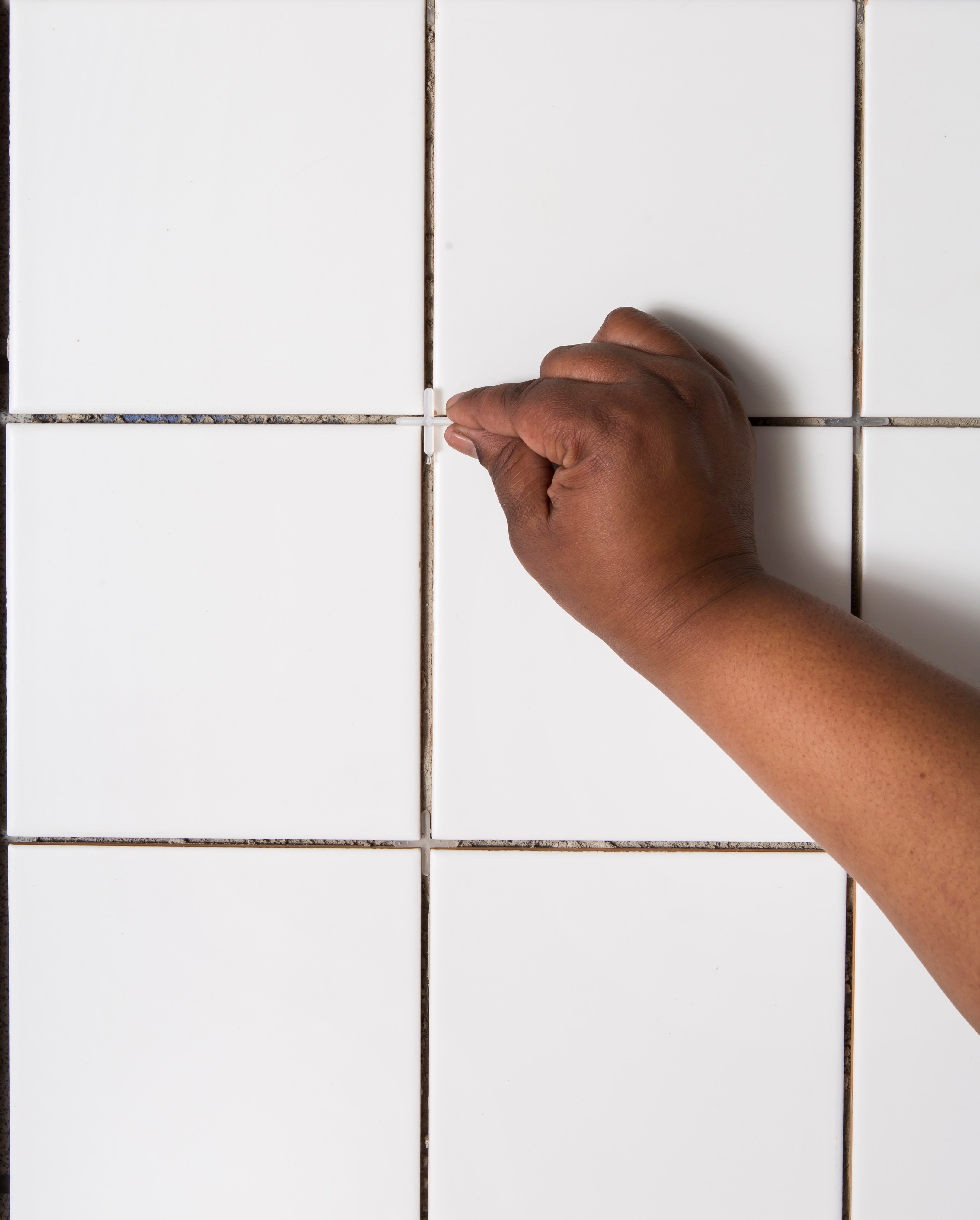
How many tiles to buy
- Calculate the square metres you need to tile and add 10% extra for cutting and breakages. We advise that you keep some stock for any future repairs that may be needed.
Top Tip: If you are tiling a diagonal layout, increase this extra allowance to 20%.
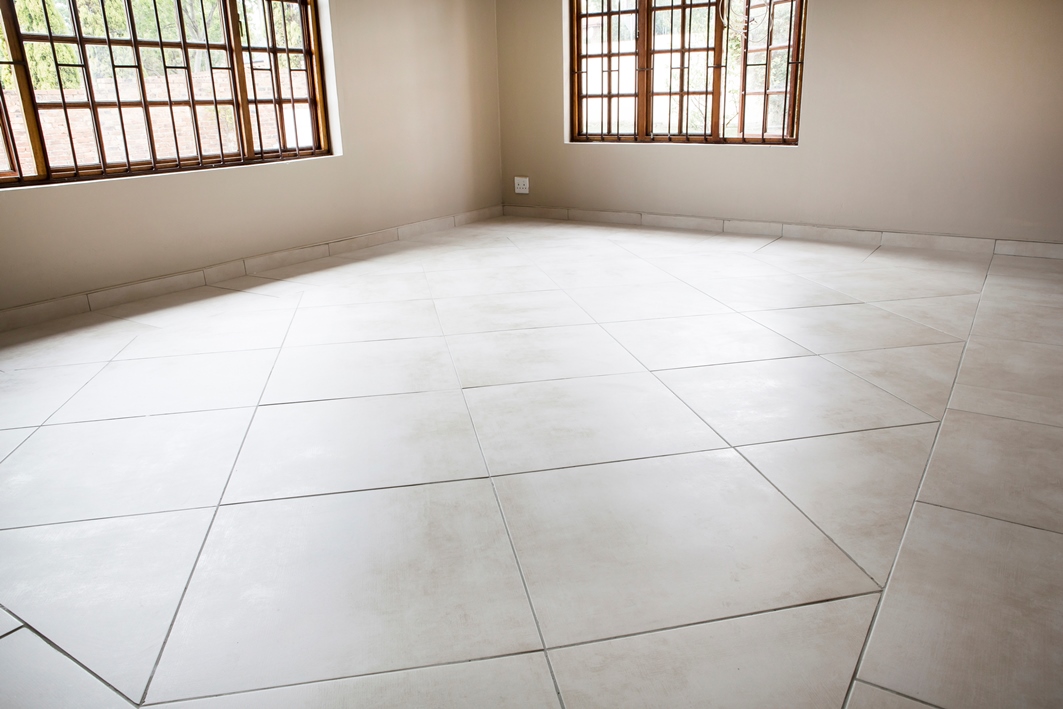
What type of tile adhesive do you need
- Different types of tiles require different tile adhesive. For example, a porcelain tile requires a faster setting tile adhesive than a ceramic tile. Use our adhesive selection guide to make sure you have the right adhesive for your installation - Adhesive selection guide
- See the attached budget to calculate how much tile adhesive you need for your installation.
Top Tip: Add on 10% for waste. The tile adhesive consumption will increase if your floor isn’t level, or if you are using large format tiles.
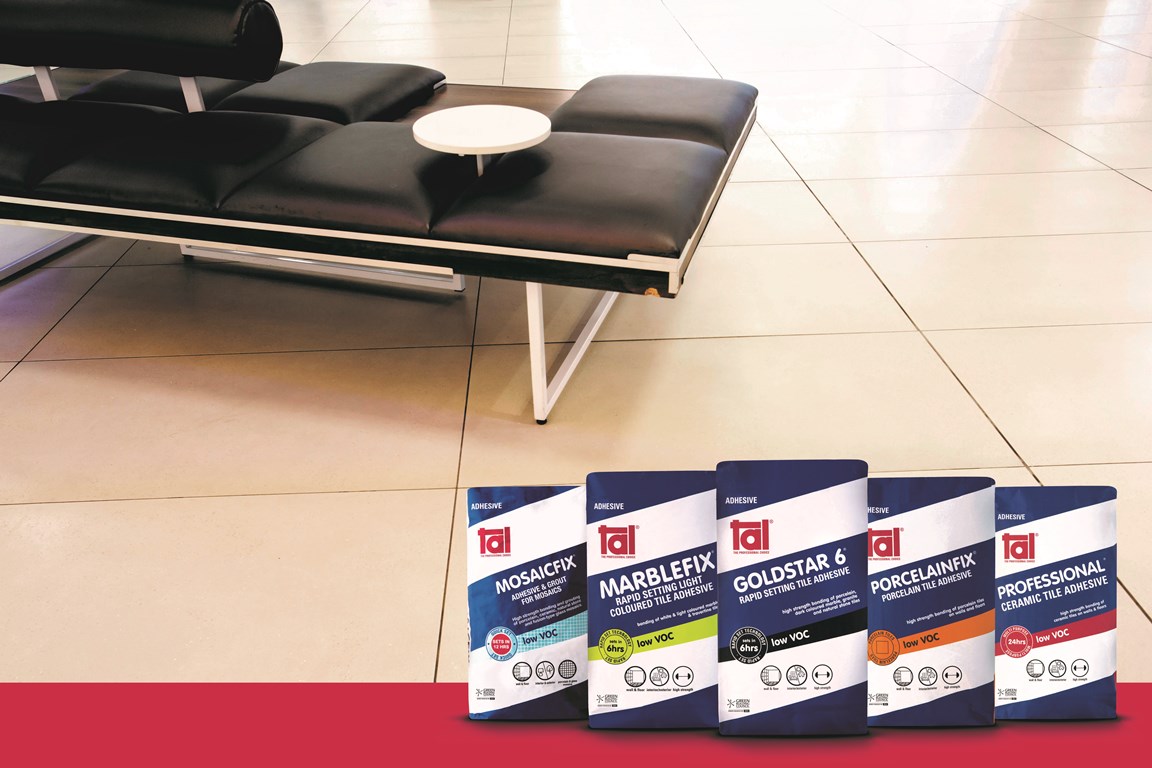
What colour grout and how much to buy
- Grout is available in a range of colours, use our handy guide for help with choosing the right grout colour for your installation - Guide here)
- Use our grout calculator to calculate how much grout you need based on the tile size and the area being tiled. - Calculator here
Top Tip: Use darker coloured grout on the floor as it hides the dirt better. Light coloured grout is better suited to walls.
Additional products that may be required, depending on your installation:
Priming System
- This is required when tiling over smooth or dense surfaces, such as existing tiles.
- A slightly powdery or highly porous surface should also be primed, to ensure a good bond and prevent the porous substrate from leaching the mixing water out of the adhesive.
- For more information on priming, read the 7 reasons for priming - 7 reasons for priming
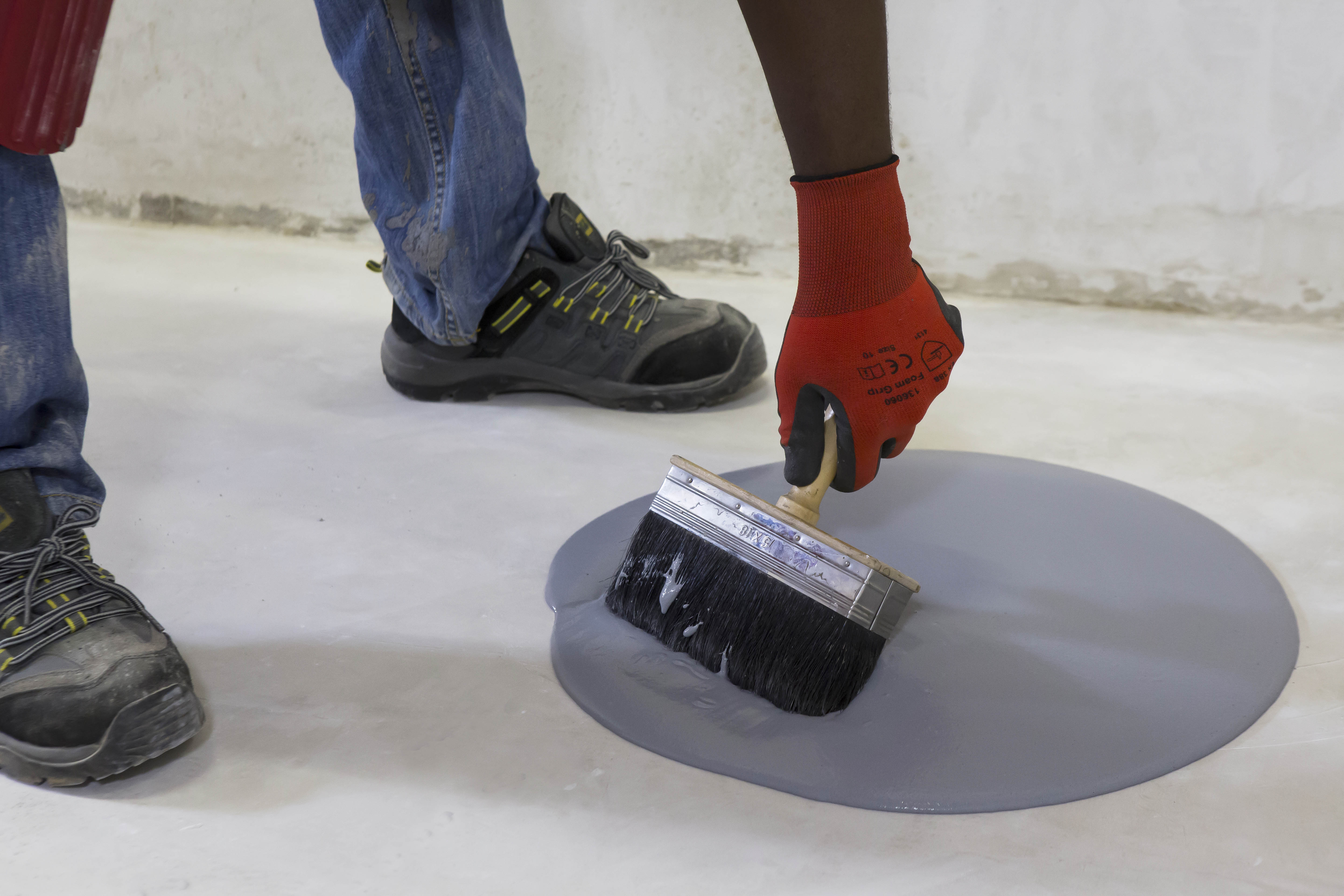
Additive
- If you are tiling outside, in a wet area such as your shower enclosure or kitchen backsplash, or where some flexibility is needed, i.e. upstairs or floors with floor heating elements, you will need an additive in the adhesive and grout to prevent lifting and cracking of tiles.
- When used in the grout, an additive will also limit water ingress into the grout, inhibiting mould growth or grout that flakes and comes out of the tile joints.
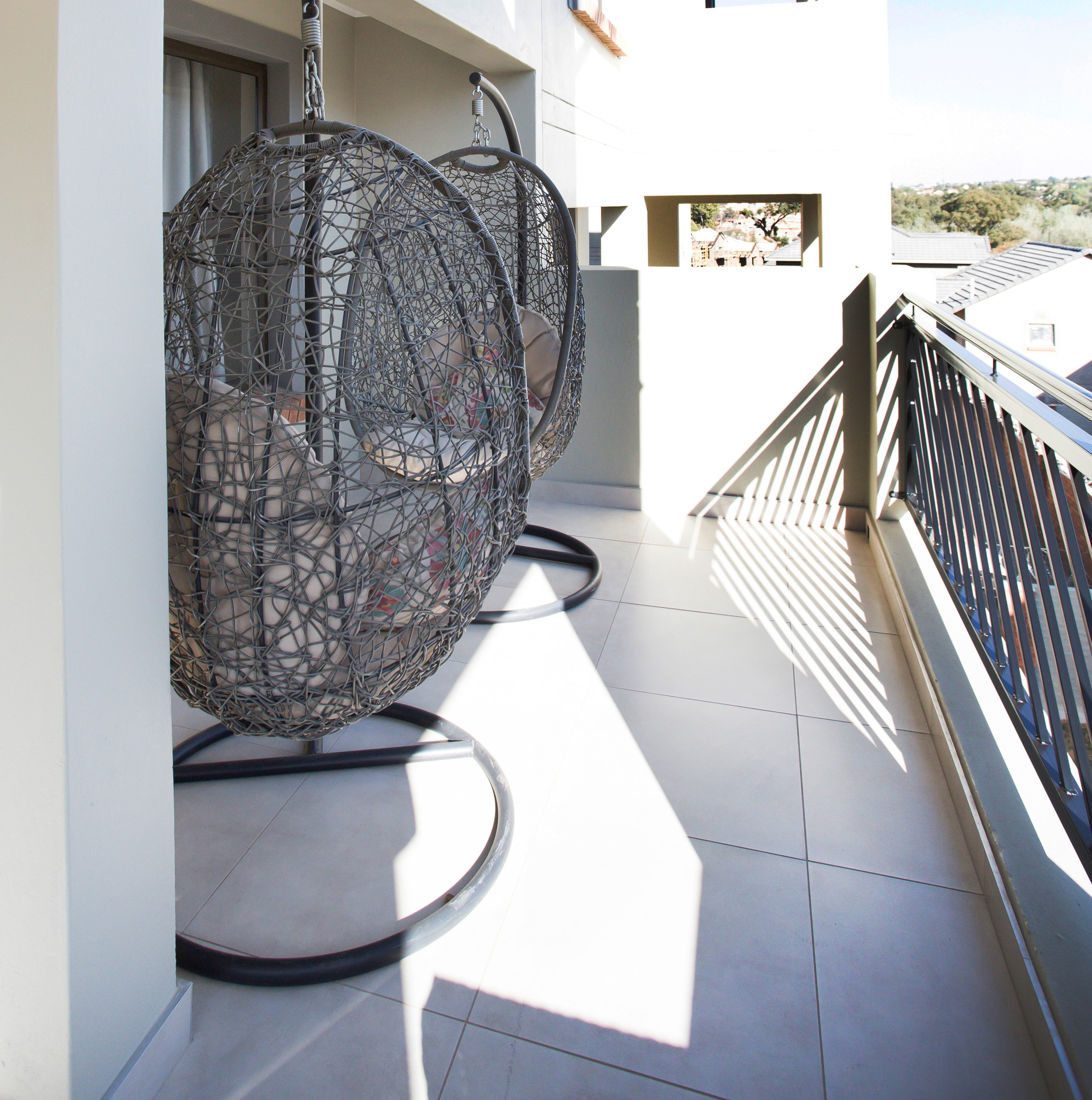
Waterproofing Compound
- If you are tiling inside a shower or on an upstairs balcony, you will need a waterproofing system as tiles are not waterproof.
- Be sure that the waterproofing system is compatible with the tile adhesive.
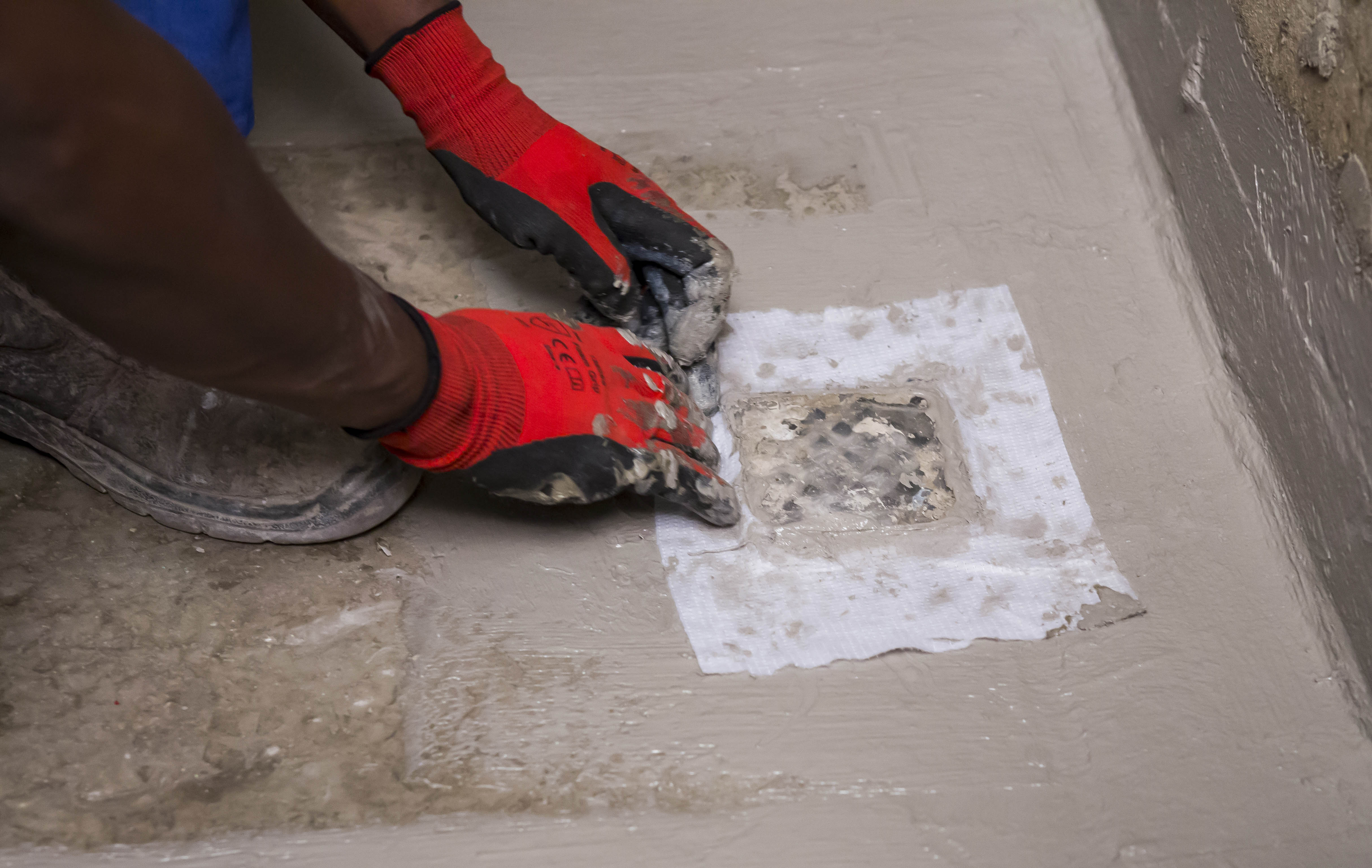
General Tips:
Porcelain tiles are generally more expensive than ceramic tiles and require a specialised tile adhesive.
Glass tiles, mosaics and glass ‘subway’ tiles are very brittle and therefore require a flexible adhesive and grout system to help prevent cracking of the tiles.
The living areas and bedrooms are generally cheaper to tile versus a shower or outside area, as these areas will require additional products such as waterproofing compounds and additives for the adhesive and grout.
Don’t forget that if you have floor heating elements, additives will be required in the adhesive and grout to allow for the thermal expansion and contraction associated with these.
Always read the instructions on the product packaging before using them. If you have any doubts or queries, visit our website www.tal.co.za or call our Technical Advice line on 0860 000 TAL (825).
Download our handy budget planner here to help plan your budget for tiling materials. (Budget planning for tiling PDF)
[Back]
blog comments powered by Disqus

